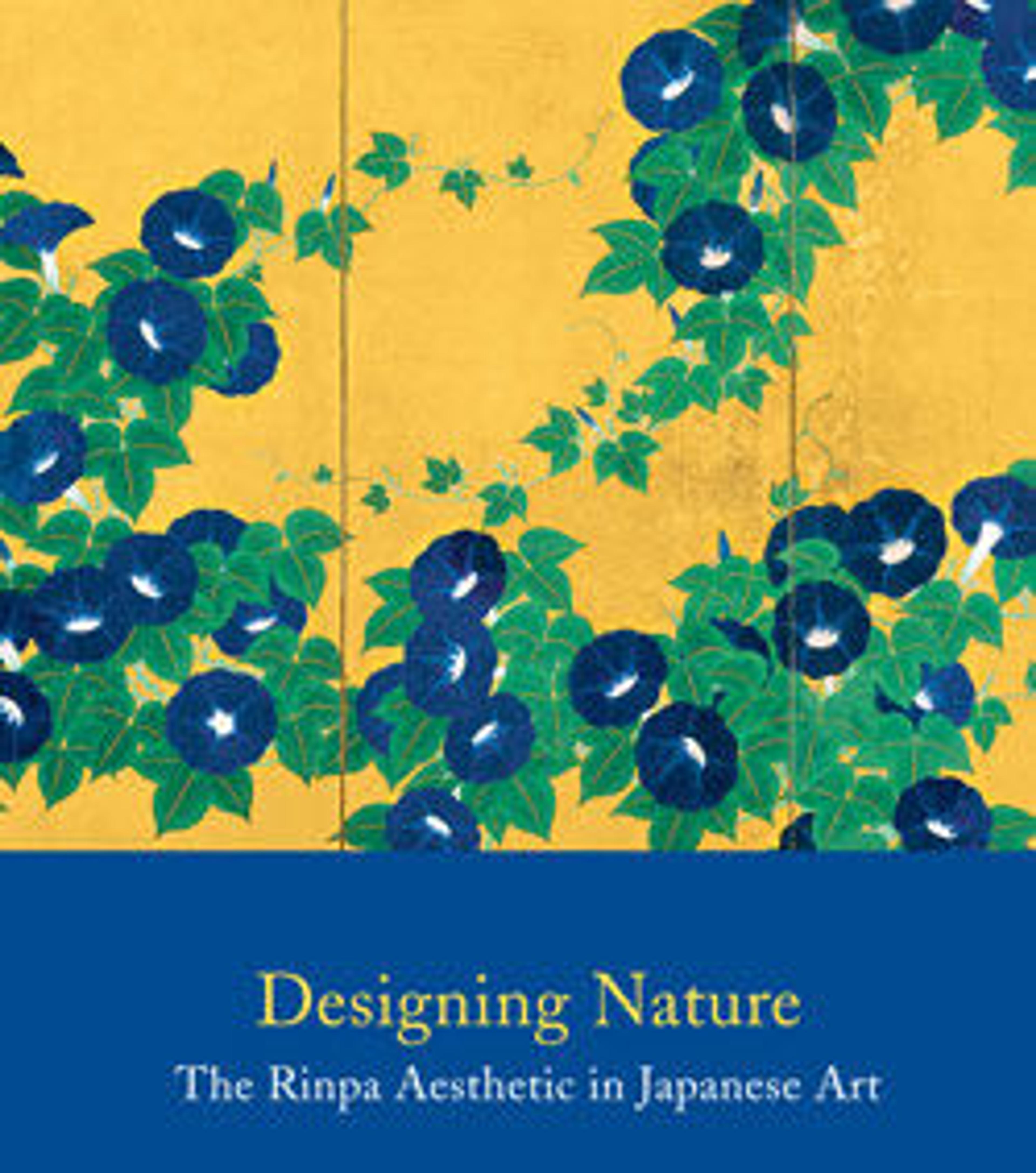Autumn Ivy
Born into Kyoto’s cultured merchant class, Kenzan was best known for his ceramic wares but was also a highly regarded calligrapher. Kenzan’s individualistic, expressive inscription of a poem referring to future winds scattering crimson leaves of ivy, recalls a famous scene from the tenth-century Tales of Ise (Ise monogatari), in which a courtier, exiled from the capital, encounters an itinerant monk on an ivy- strewn path on Mount Utsu.
Kakaru shimo
waga aki naranu
matsukaze y
chiru o urami no
tsuta no momijiba
Though not yet
winds through the pines
blow all around
and I dread they’ll scatter
the crimson leaves of ivy.
–Trans. John T. Carpenter
Kakaru shimo
waga aki naranu
matsukaze y
chiru o urami no
tsuta no momijiba
Though not yet
winds through the pines
blow all around
and I dread they’ll scatter
the crimson leaves of ivy.
–Trans. John T. Carpenter
Artwork Details
- 蔦紅葉図
- Title:Autumn Ivy
- Artist:Ogata Kenzan (Japanese, 1663–1743)
- Period:Edo period (1615–1868)
- Date:after 1732
- Culture:Japan
- Medium:Album leaf mounted as a hanging scroll; ink, color, and gold on paper
- Dimensions:Image: 8 3/8 x 10 7/8 in. (21.3 x 27.6 cm)
Overall: 44 7/8 x 22 1/4 in. (114 x 56.5 cm) - Classification:Paintings
- Credit Line:The Harry G. C. Packard Collection of Asian Art, Gift of Harry G. C. Packard, and Purchase, Fletcher, Rogers, Harris Brisbane Dick, and Louis V. Bell Funds, Joseph Pulitzer Bequest, and The Annenberg Fund Inc. Gift, 1975
- Object Number:1975.268.67
- Curatorial Department: Asian Art
More Artwork
Research Resources
The Met provides unparalleled resources for research and welcomes an international community of students and scholars. The Met's Open Access API is where creators and researchers can connect to the The Met collection. Open Access data and public domain images are available for unrestricted commercial and noncommercial use without permission or fee.
To request images under copyright and other restrictions, please use this Image Request form.
Feedback
We continue to research and examine historical and cultural context for objects in The Met collection. If you have comments or questions about this object record, please contact us using the form below. The Museum looks forward to receiving your comments.
